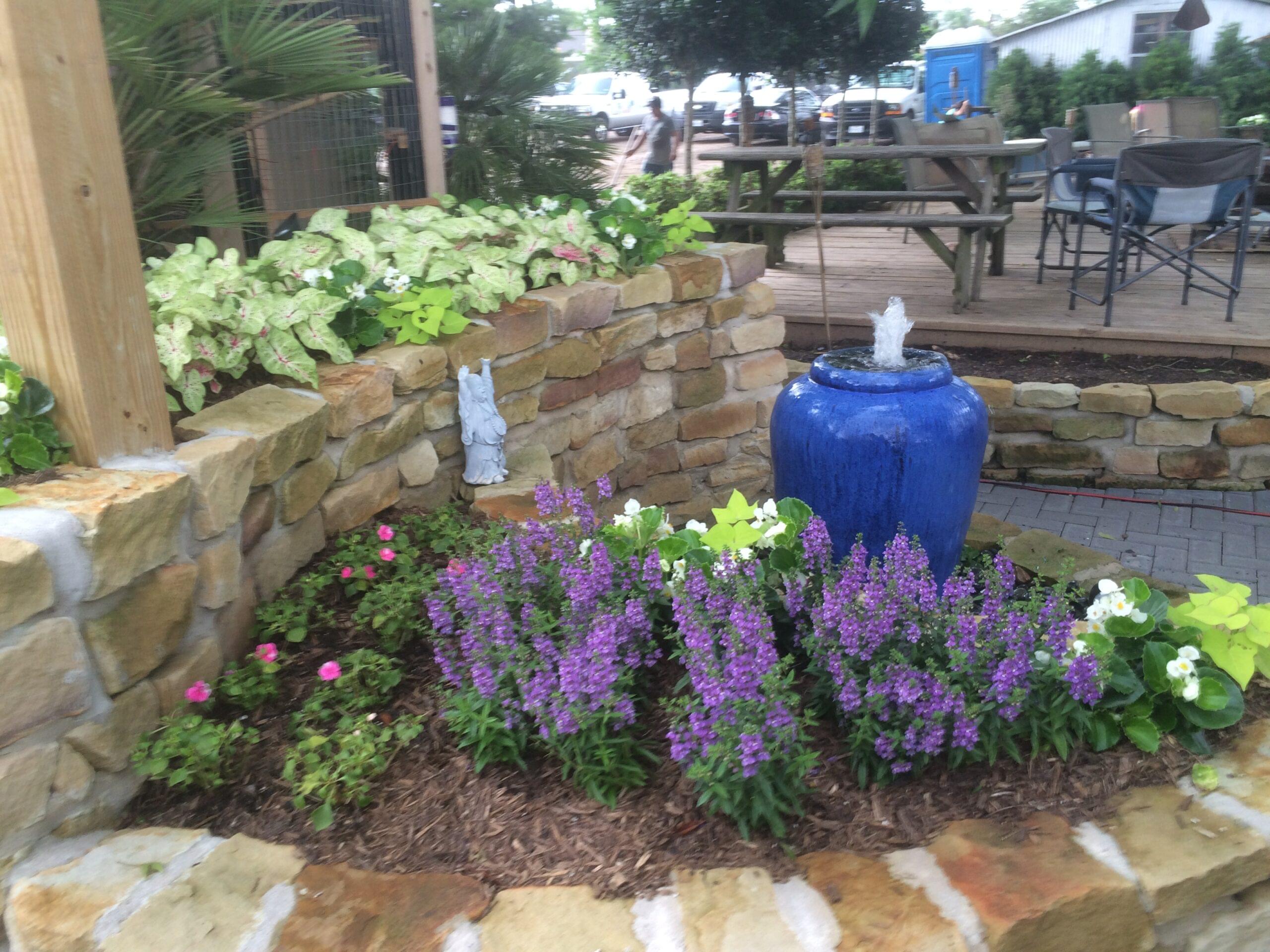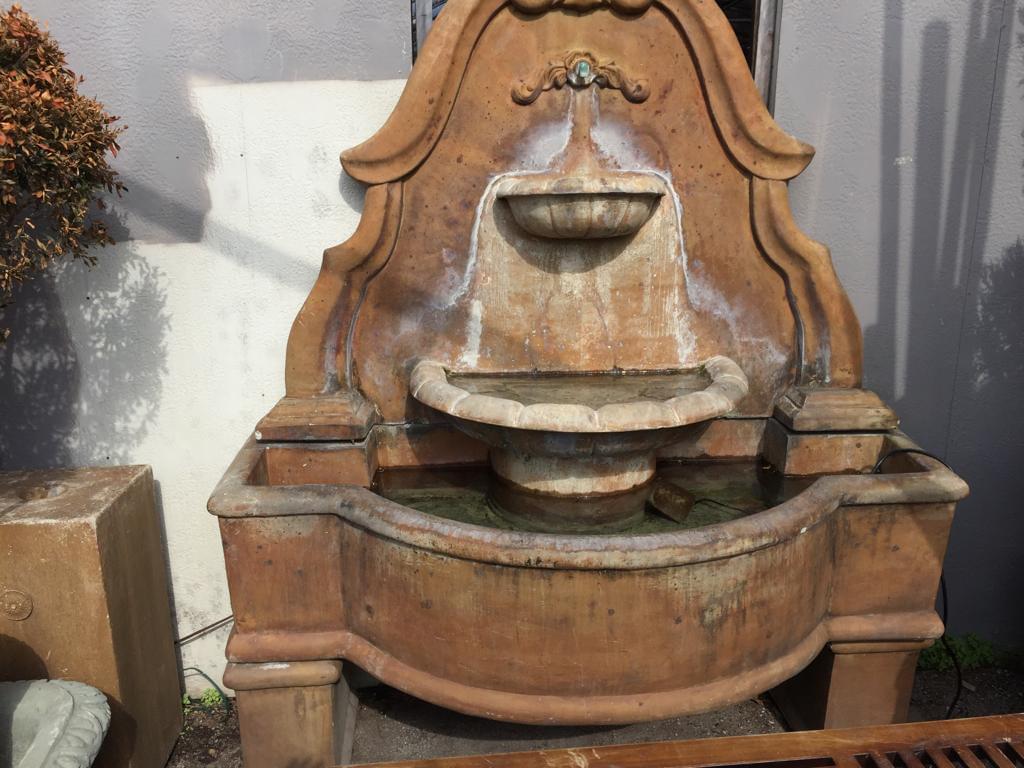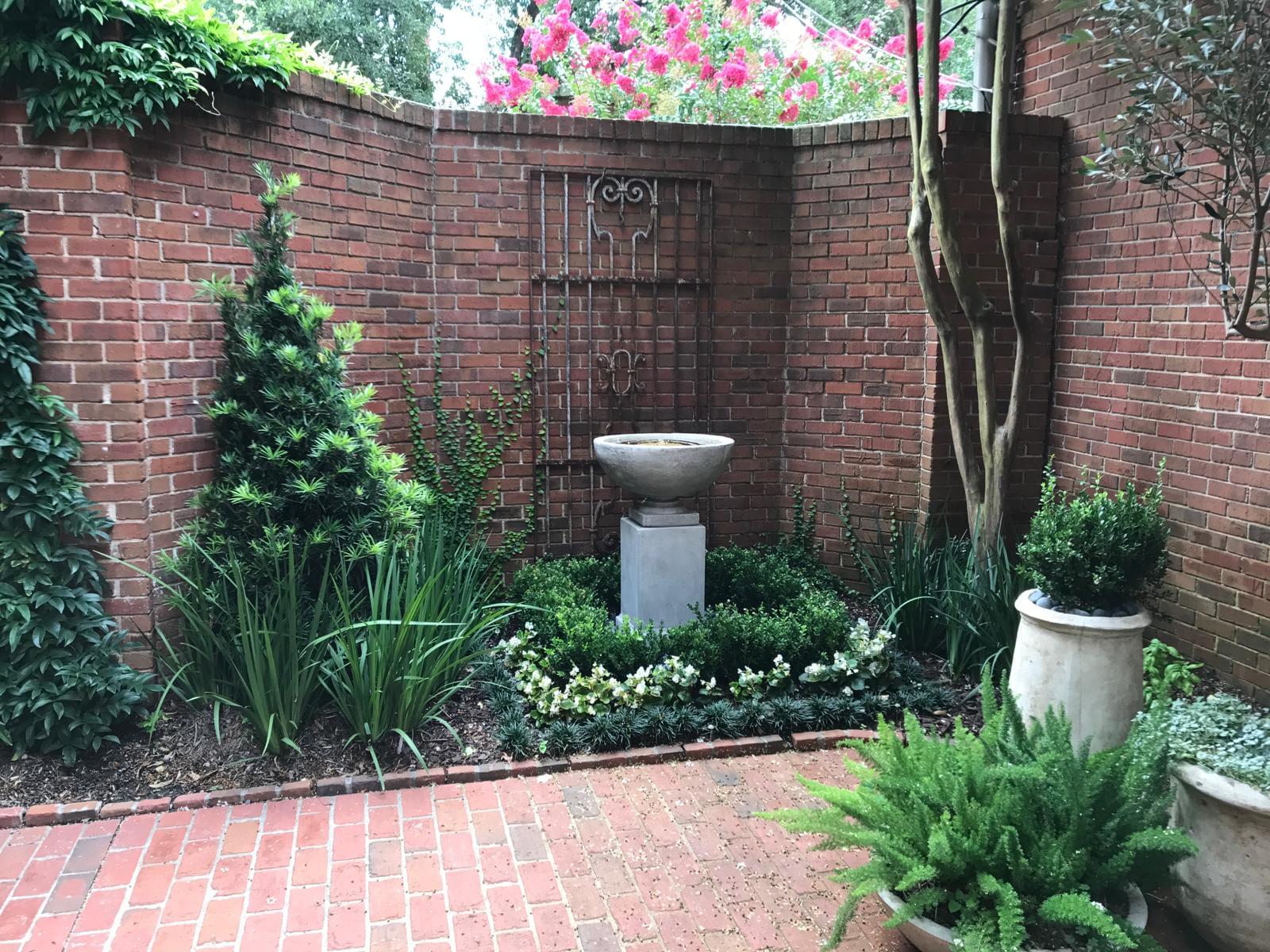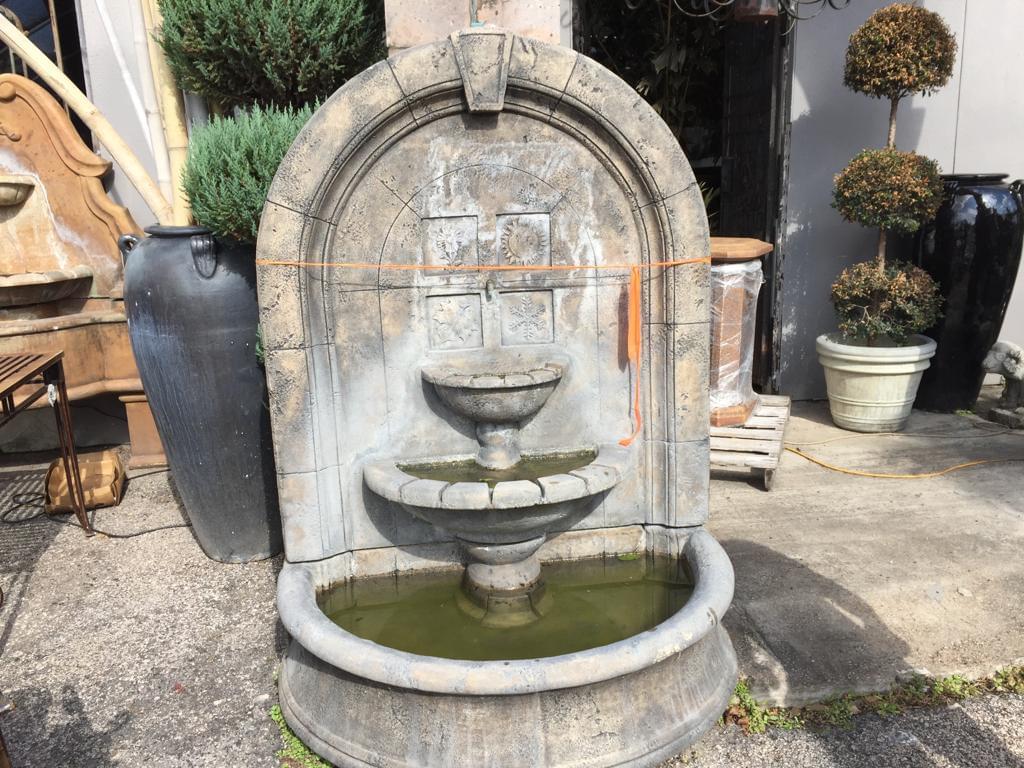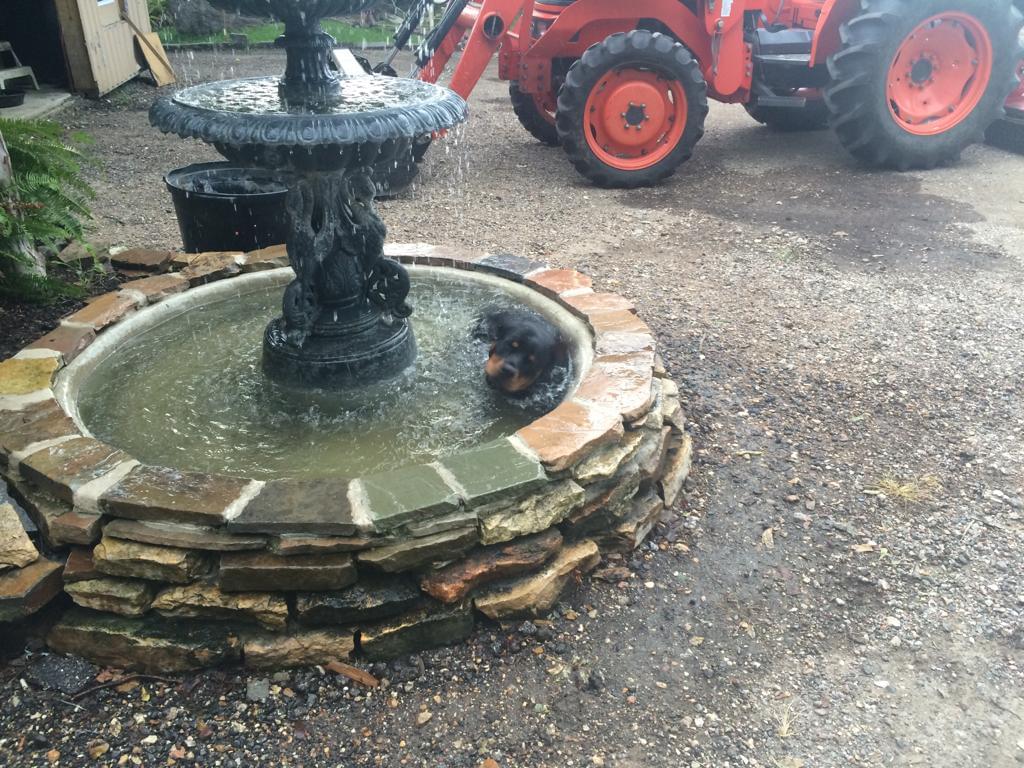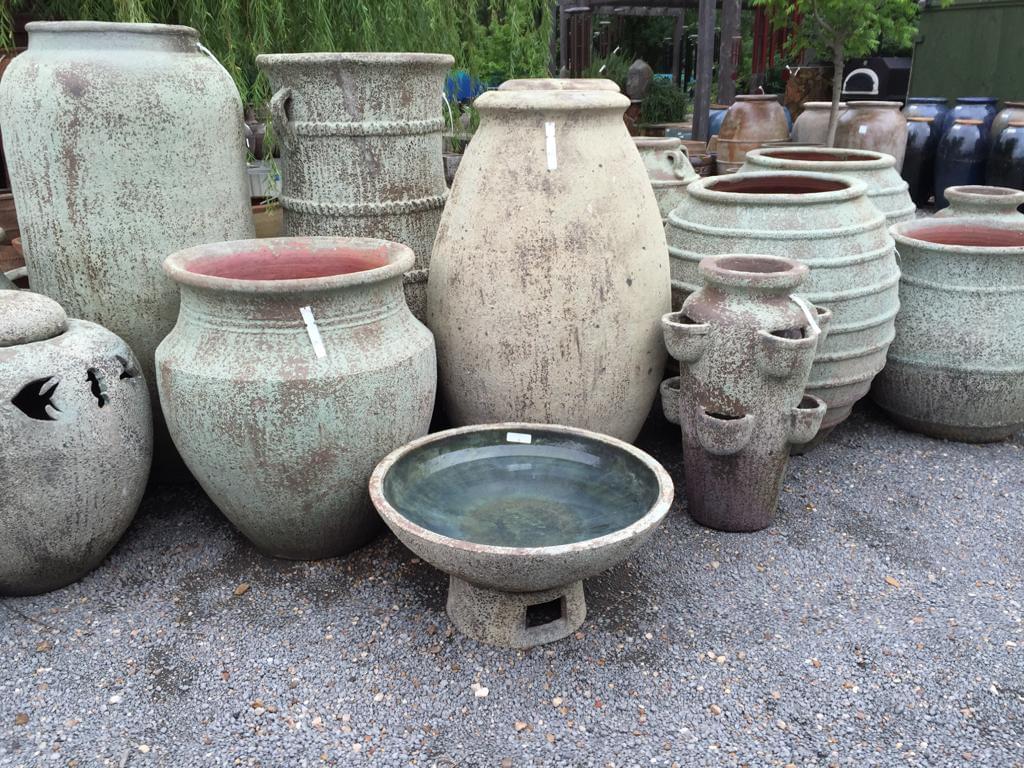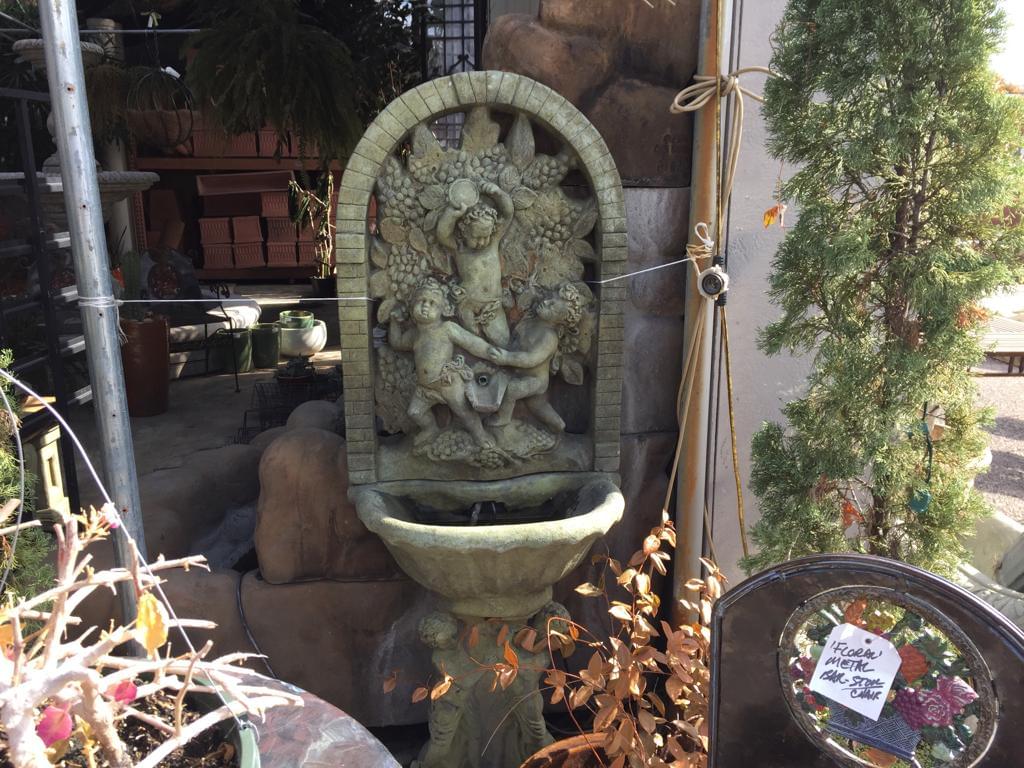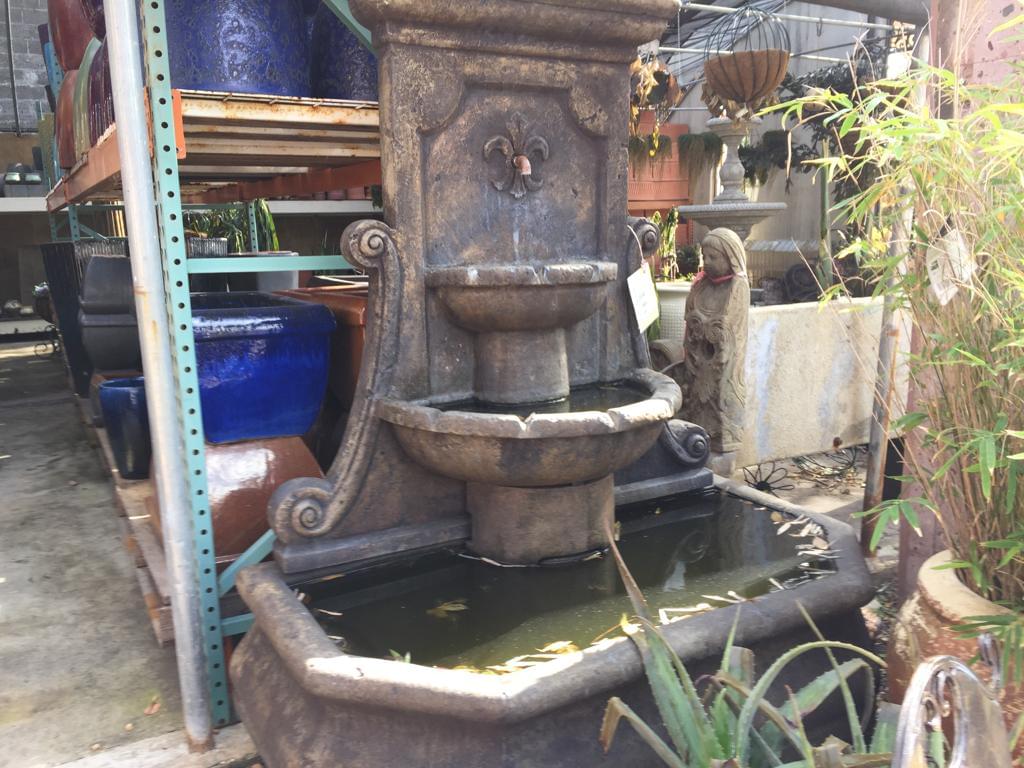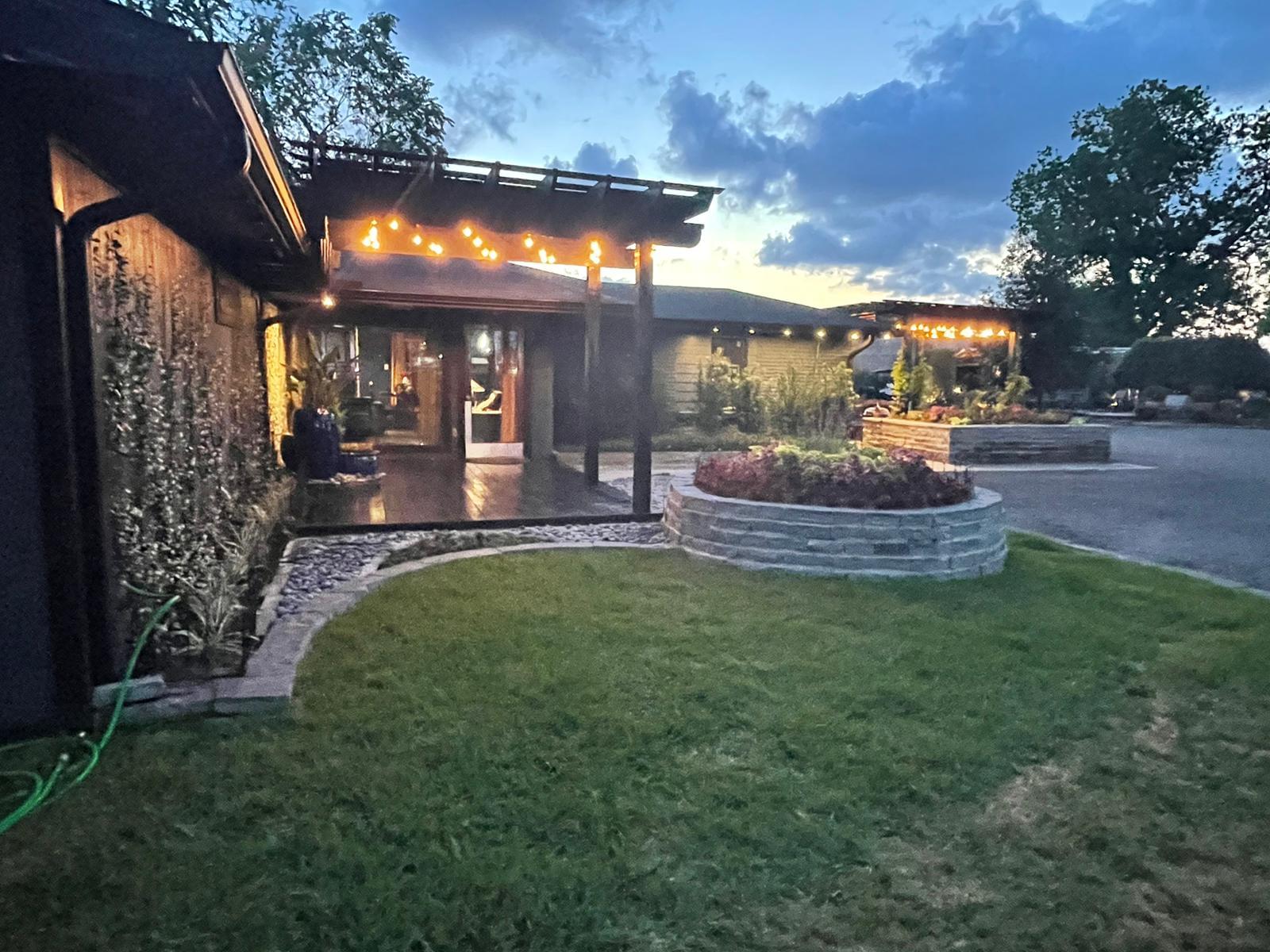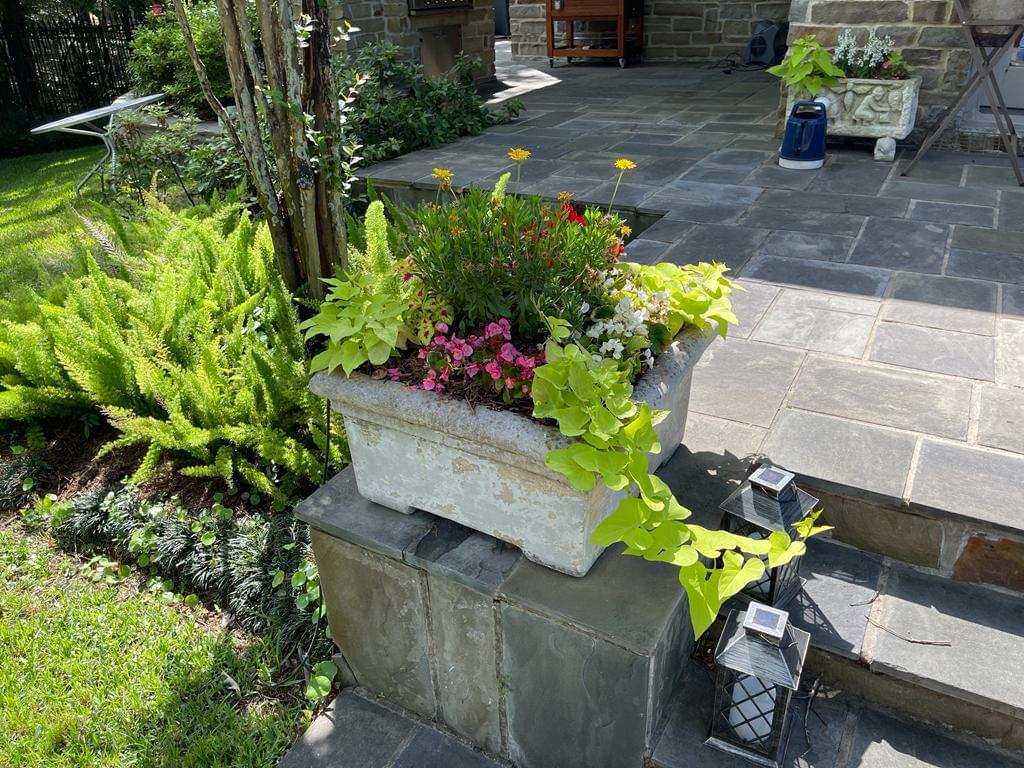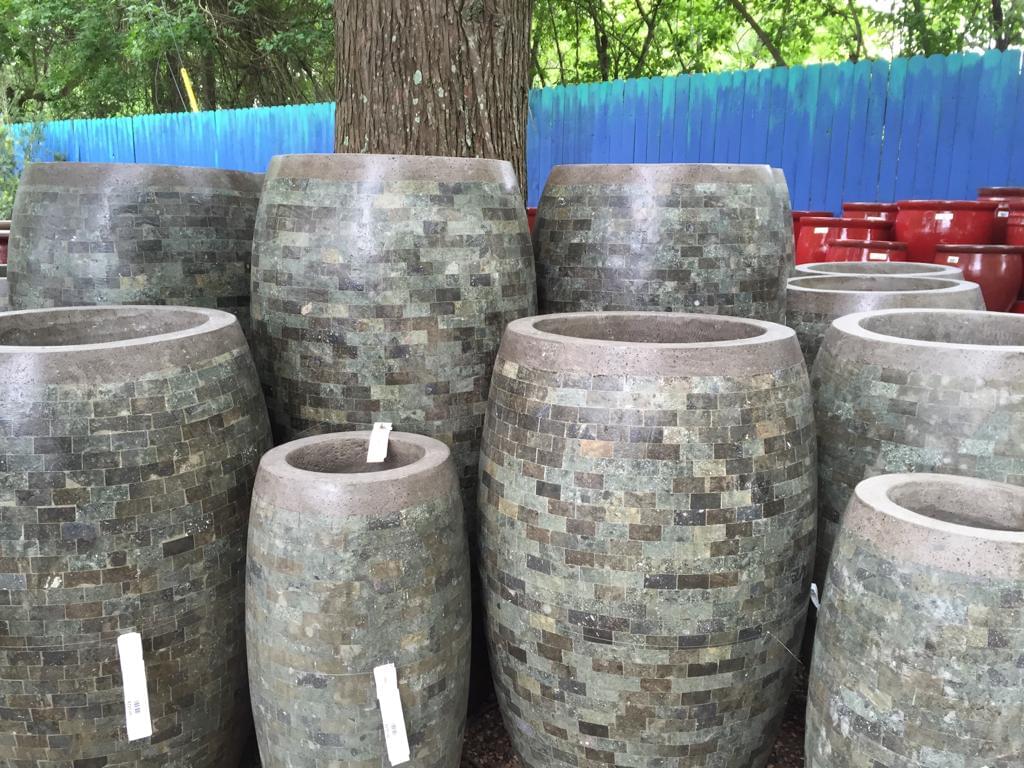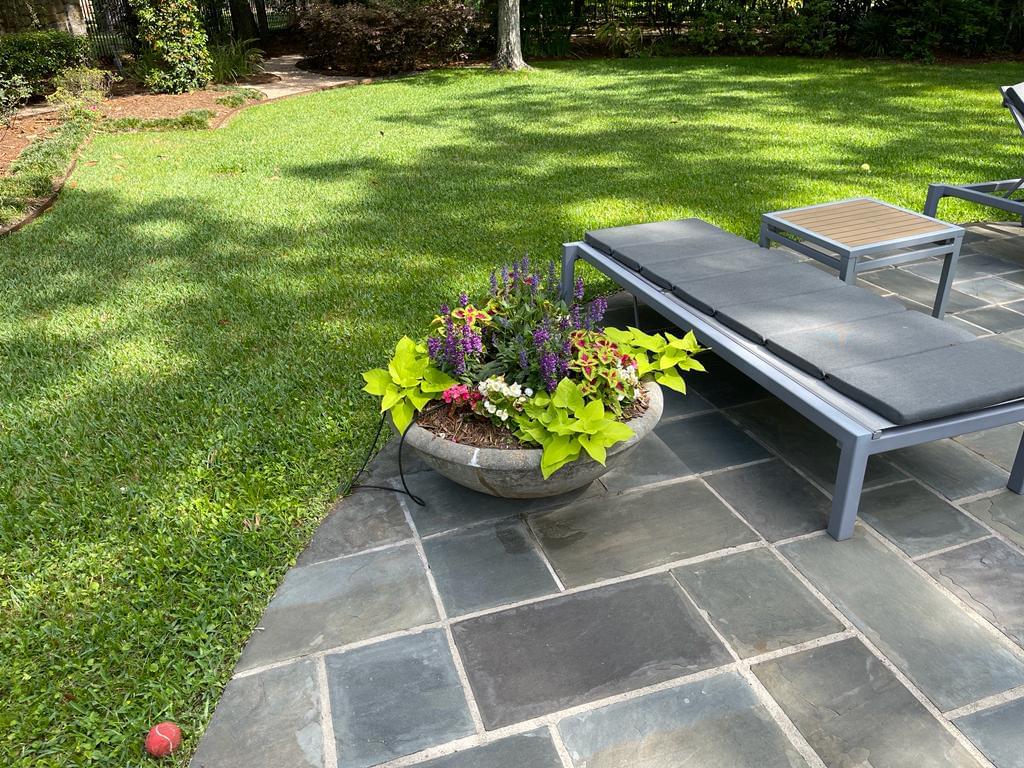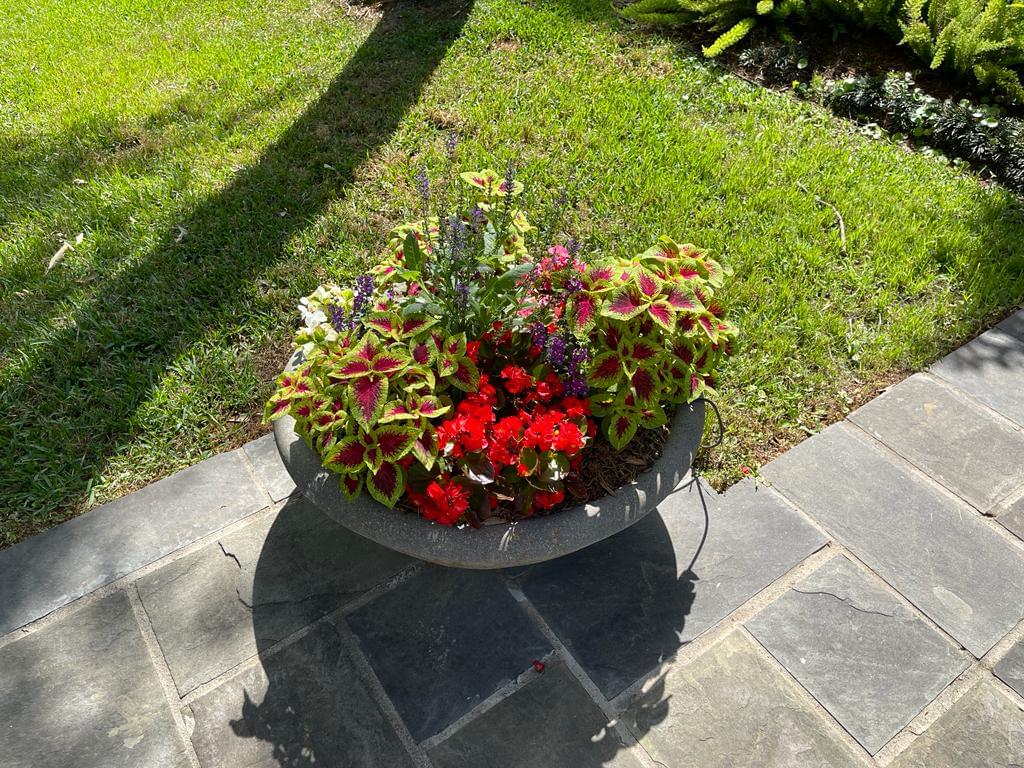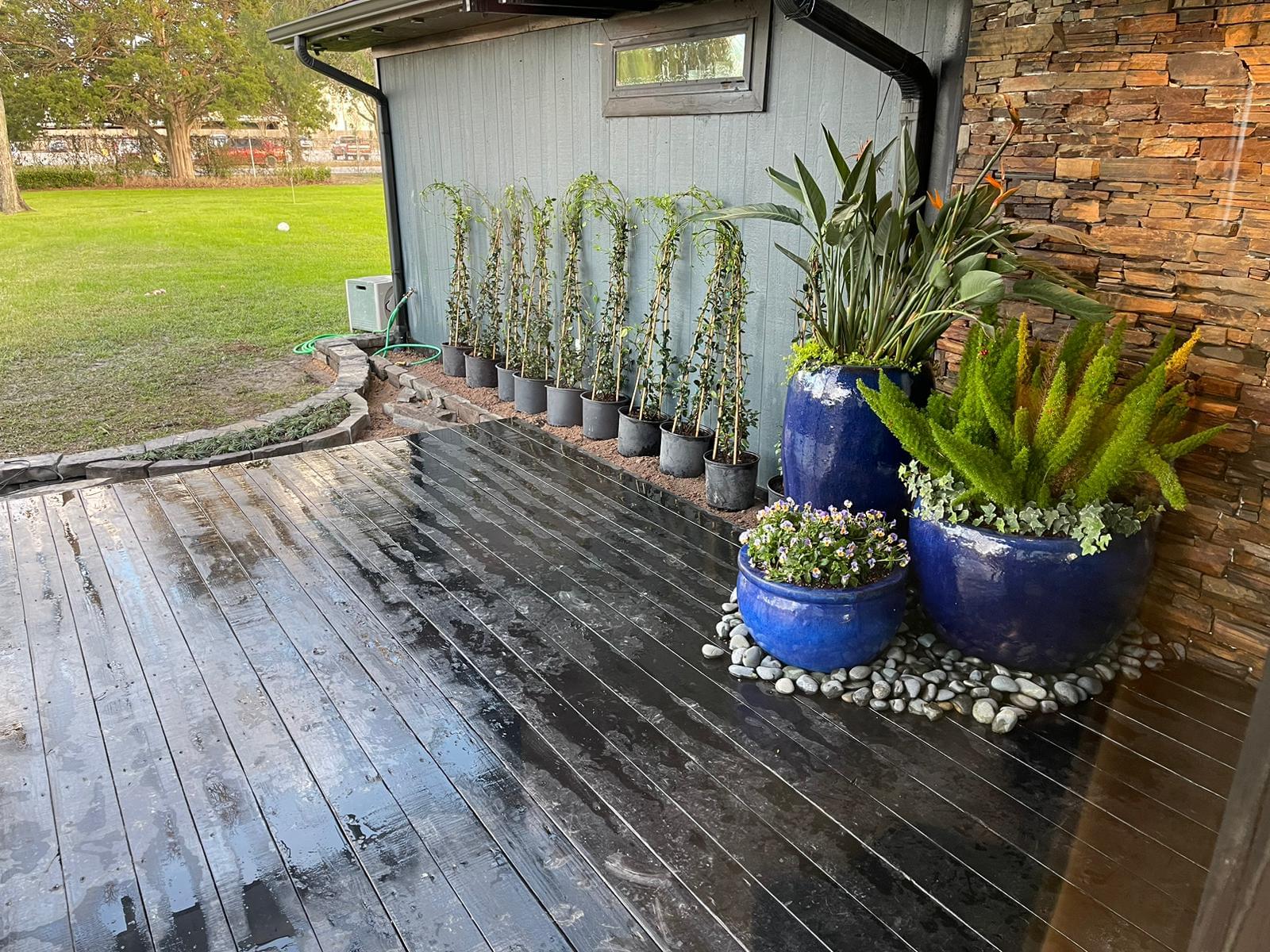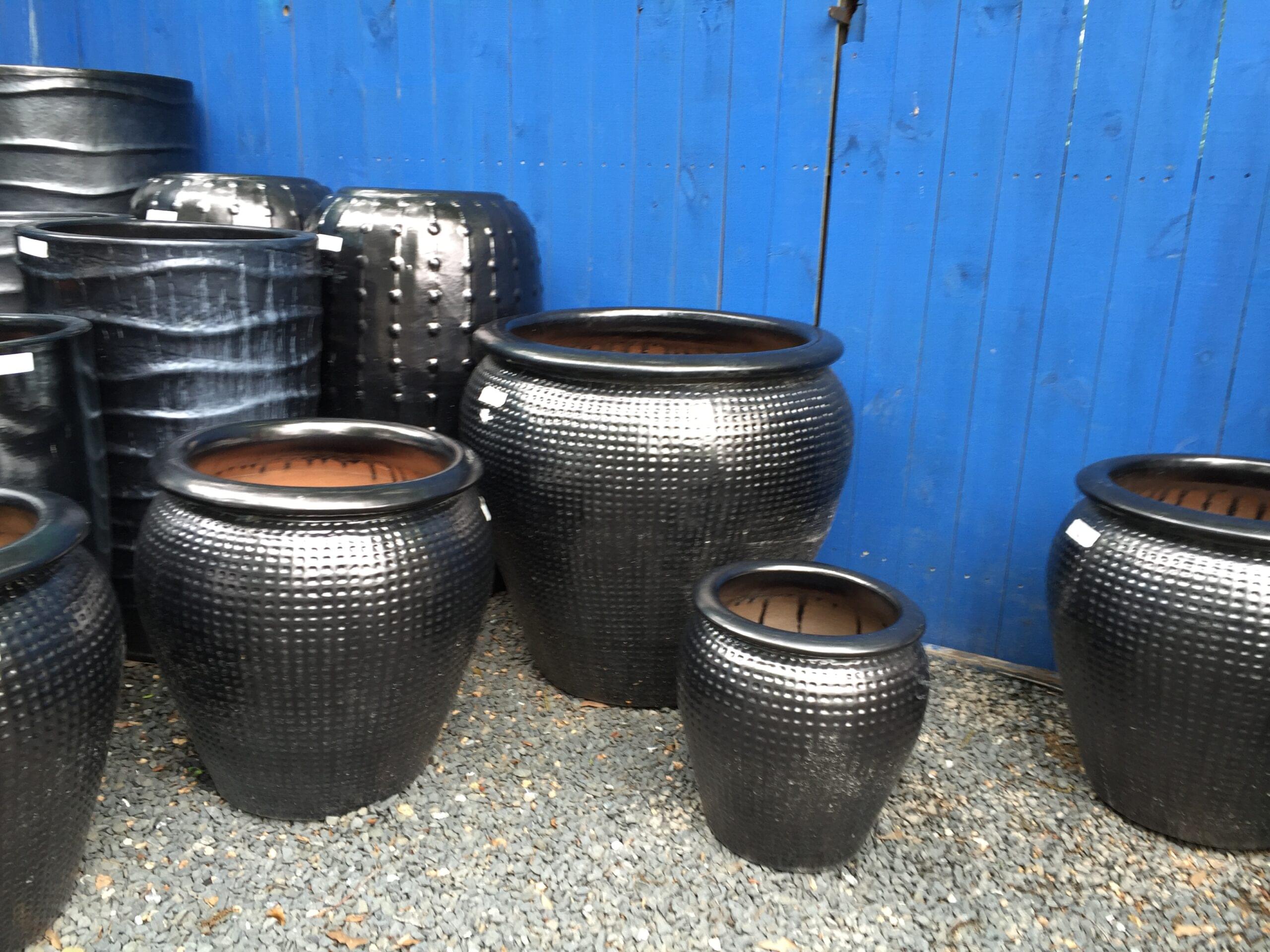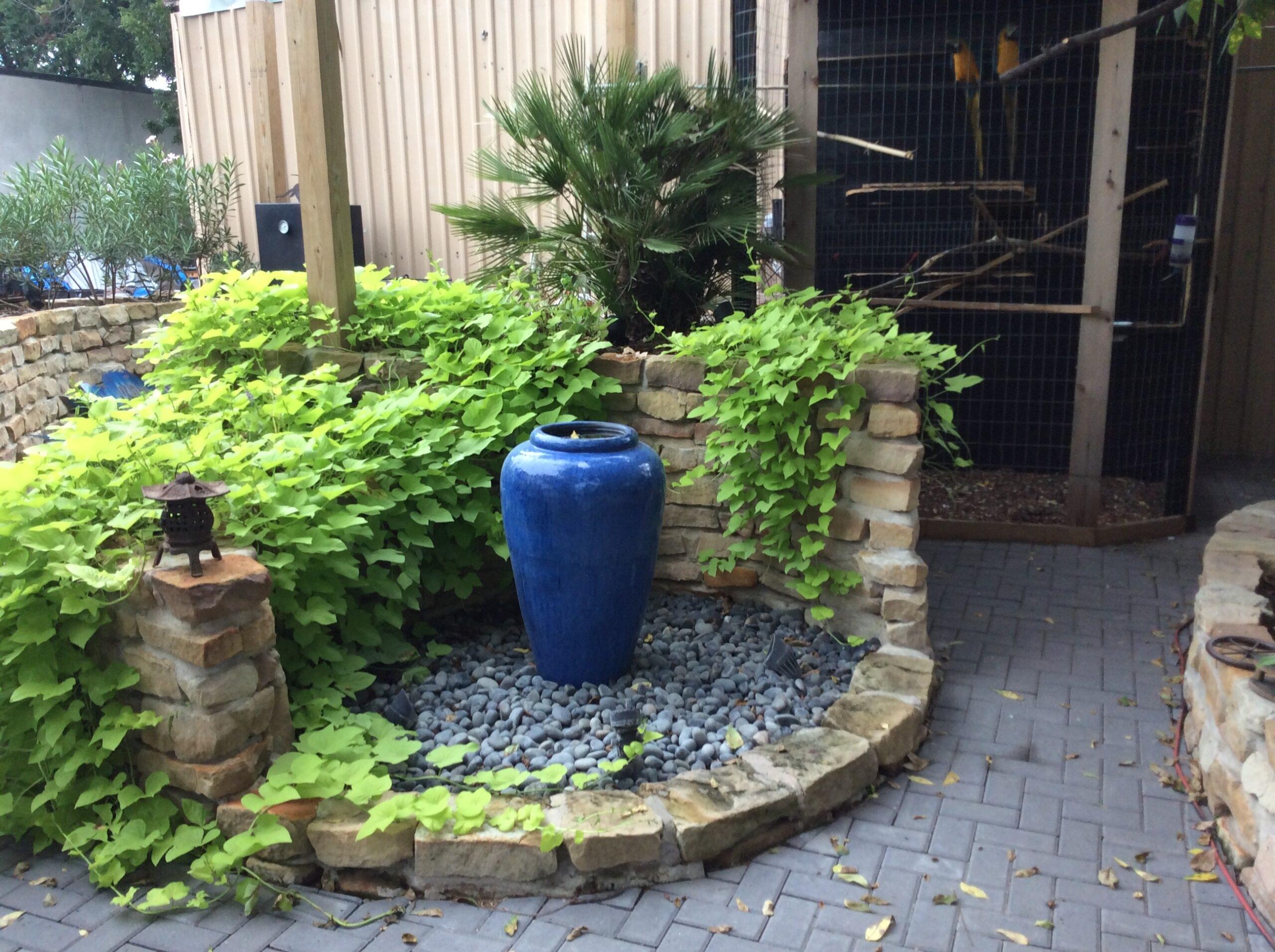How do I keep my lawn alive in drought?
Maintaining a lush, green lawn throughout the summer typically requires supplemental irrigation, and watering is certainly the first thing that comes to mind in countering drought stress. Fortunately, when outdoor watering is not an option, or can only be done on a limited basis, there are some other simple maintenance practices you can apply to help your lawn survive periods of drought.
Dormancy
A typical lawn in New Hampshire is composed of a mixture of cool-season grasses such as Kentucky bluegrass, fine fescue and perennial rye. These grasses naturally go dormant during periods of hot, dry weather, essentially stopping active growth. Dormant grass will often look brown and dead, but the roots and crowns of the plants are still alive and will be ready to resume growth as soon as growing conditions improve.
If a drought is severe enough, grass may be killed but, typically, plants have enough reserves to break dormancy whenever temperatures cool and rainfall resumes. A resilient lawn should be able to go dormant in the summer without much harm.
Mower Height
Mowing grass higher in the summer, especially during a drought, is an extremely important practice. Grasses produce deeper roots when they are allowed to grow to taller heights, enabling them to access water that is deeper in the soil profile. Taller grass is also better at shading the soil surface, keeping it cooler and helping to conserve soil moisture. Aim to set your mower deck at a height of 2.5 to 3 inches.
Also, be sure to keep your mower blades sharp; they will make cleaner cuts that heal better and cause less stress to the grass than the ragged edges caused by dull blades.
Water Efficiently
As stated previously, lawns can usually survive intermittent periods of drought. If you are in a position to be able to water the grass during a drought, try to do so in the most efficient way possible. Start by only watering when it is essential when the grass begins to wilt. Wilted grass will have its leaf blades folded in half lengthwise. They will have a bluish-gray color and footprints will remain visible for a while after they were made.
When it is time to water, aim to do so early in the morning, between sunrise and around 8 a.m., so that grass blades will dry out quickly in the sun. Watering in the late afternoon or evening will often predispose the grass to fungal infections. Also, early morning watering will help conserve water to a certain extent. When sprinklers are run at mid-day, much of the water will evaporate before it can percolate into the soil and reach plant roots.
It is also critically important to apply the correct amount of water. Watering deeply and infrequently is far more effective than watering lightly multiple times a week. A good approach is to try to apply about a half inch of irrigation a couple of times a week. The length of time that a sprinkler system needs to be run to reach this desired amount of water varies greatly.
Measure how much water you are applying at a time by using a rain gauge or a straight-sided can. You can expect that it will take anywhere from 20 to 60 minutes to apply a half inch of irrigation. Keep in mind that water should only be applied as fast as it can be absorbed by the soil.
Puddling or runoff are clear indications of water being wasted. If a full half inch of water cannot be applied at once without a runoff, then it may be necessary to run the sprinkler for a few shorter intervals during the watering session to achieve the desired amount of irrigation.
Skip Fertilizing
Applying excess nitrogen fertilizer during a drought can sometimes do more harm than good. Grass will often respond to nitrogen fertilization by putting on lots of new green growth, which can be detrimental to the plant. New growth is tender and less drought-resistant than mature grass blades. Instead, wait to fertilize until early fall when nutrients can be taken up efficiently and promote healthy growth.
Most soils in New Hampshire are deficient in potassium (potash), so make sure to look for a fertilizer product that supplies a sufficient amount of potassium. Grass tends to be more drought-resilient when potassium levels are adequate in the soil.
Suspend Herbicide Treatment
Typically, herbicides should not be applied during a drought. Herbicides, including those that target only broadleaf plants, can be stressful even to lawns when they are actively growing. During a drought, the grass is already stressed, and the added strain of herbicide applications can actually end up giving weeds a competitive advantage. Many herbicide labels instruct that products should not be used above a certain temperature or during periods of drought. Another issue is that weeds do not take up herbicides as effectively during drought conditions, thus limiting the efficacy of the application.
Consider a Lawn Alternative
Finally, if you’re not happy with how your dormant lawn looks every time there is an extended dry spell or drought in the summer, you might consider replacing all or part of it with drought-resistant perennials. Establishing a wildflower meadow is one option, or consider planting a drought-tolerant groundcover or two. While it is necessary to water a newly planted wildflower meadow or garden perennials, once they are established, these plantings require very little supplemental irrigation.
